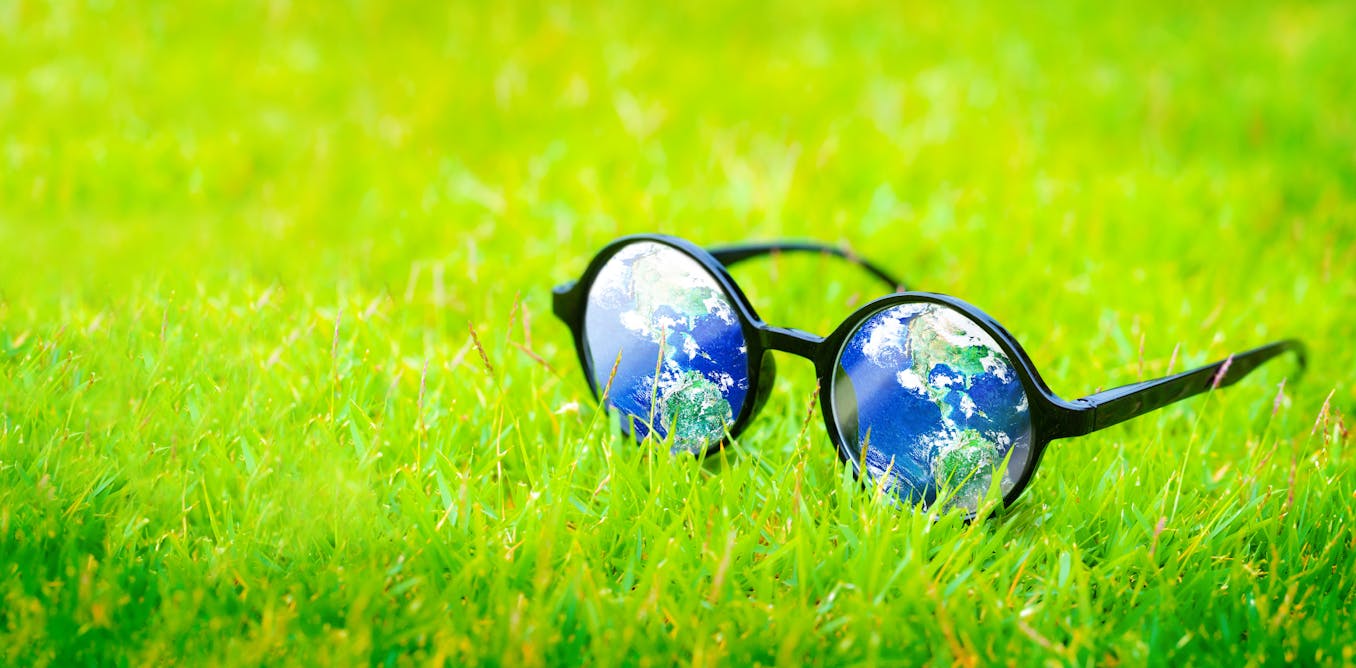Vija Celmins’s paintings and drawings are subdued, desaturated, and deceptively simple. The curators of her retrospective at the Fondation Beyeler in Basel, Switzerland, seem to have taken her cue: Although the exhibition presents roughly 90 works, every room feels sparse. Even the wall text in three languages somehow manages to be discrete, tucked away and printed low to the right of each work.
Born in Riga in 1938, Celmins’s parents fled the Soviet advance into Latvia, taking refuge in Nazi Germany. Celmins was only five then, and recalls playing in the rubble of bombed-out buildings. The family moved to the United States, to Indiana, in 1948, with the support and sponsorship of Church Worldwide Services after spending time in a UN refugee camp. Young Celmins spoke no English. Amid culture shock, confusion, and loneliness, she began to draw and to collect images from magazines and postcards.
In the 1960s, after earning her BFA in Indiana and her MFA in California, Celmins painted a series of modest still lifes of objects from her first studio: a two-headed lamp, a space heater, a hot plate, a hand holding a gun, an opened letter. These works betray the influence of Giorgio Morandi, whom Celmins discovered on a trip to Europe in 1962. Her canvases have the same muted palette, but her work pierces the silence found in the Italian painter’s pale assemblages of bottles and vases with the hum of electric appliances.
Celmins’s painted objects from 1964, such as Envelope or Hot Plate, appear solitary and detached—mirroring, perhaps, the artist’s own sense of isolation upon arriving in the United States. They feel lonely and spare, and betray an artist at work in an interior world marked by restraint and introspection. To study these works closely is to enter that world, to see through her eyes, and to share in the same quiet intensity required to produce their meticulous, photorealistic detail. They possess an uncanny stillness, as if suspended outside of time—familiar yet estranged. These objects resemble consumer goods, yet are stripped of the vivid commercial energy that animated the work of Celmins’s Pop Art contemporaries.
View of the 2025 exhibition “Vija Celmins” at Fondation Beyeler, Riehen/Basel.
Photo Mark Niedermann
As the ’60s continued, Celmins’s palette grew more austere and her subjects more violent. Time Magazine Cover (1965) reproduces, in black-and-white, the cover of a 1965 issue depicting the Los Angeles riots. Burning Plane (1965), Flying Fortress (1966), and Suspended Plane (1966) portray WWII-style bombers of the sort that dropped nuclear bombs on Hiroshima and Nagasaki. The specter of violent conflict reemerges in Bikini (1968), a trompe-l’oeil drawing of a magazine clipping about the nuclear bomb tests on Bikini Atoll. The grayscale tones combine with the canvas’s subtle texture to give these works a grainy quality evocative of old film reels, but also of memory, as if they were the artist’s own hazy recollections of the war that she can barely remember but that shaped her life indelibly.
By the end of that decade, Celmins began a series of graphite drawings of clouds, of the surface of the moon, and of ocean waves. In the 1970s, she produced a series of drawings of the night’s sky and of the craggy surface of the California desert. In these drawings, observation is both a scientific and a philosophical task. Whereas the works of the previous decade examined the world from the alienated lens of an outsider, the works of the 1970s choose to withdraw from the human world of man-made things entirely, turning to natural phenomena instead.
The world of petty human affairs seldomly appears in Celmins’s work of the following decades. Before the end of the 1970s, however, she began bringing stones to her studio, casting them in bronze, and painting their surfaces so that they looked identical to the originals. Eleven of these duplicates are brought together in the installation To Fix the Image in Memory I-XI (1977–82), which shows the casts alongside the originals. They are meditations on themes of real and fake, authentic and copy, canny and uncanny, but most of all, they are ludic invitations to look closely and study carefully. Of all the works on display at the Beyeler, these were the ones that held my and other visitors’ attention the longest, as we attempted to discern for ourselves which stones were stones and which were painted copies.
In the 2000s, Celmins repeated the gesture of pairing found objects with handmade replicas. Blackboard Tableau #9 (2007–15) presents two small blackboards of the kind once used in schools, one of which is a composed and painted copy of a found original. Unlike the stones, these works evoke a quiet melancholy and seem once again to anchor Celmins’s practice in the emotional landscape of childhood—its traumas and its silences. Still, whether owing to the objects’ man-made origins or to their aura of melancholy, I find them less compelling, lacking the metaphysical weight of the natural forms. There is, after all, something more arresting—more audacious—in the act of replicating nature itself, as if to rival the work of the divine.

Vija Celmins: To Fix the Image in Memory I-XI, 1977-1982.
©Vija Celmins, Courtesy Matthew Marks Gallery
The final rooms of the exhibition continue Celmins’s enduring fascination with surfaces. Yet, unlike some of her Pop contemporaries, her engagement with surface is anything but superficial—it invites contemplation rather than emptiness, suggesting depth and sustained meditation. One room features a striking series of paintings that meticulously depict the textures of their titular objects: Shell (2009–10), Plate (2013–23), and Vase (2017–18). The dominant motif in Celmins’s recent work, however, is the night sky—a plane we perceive as a flat expanse above us, yet one that is, in reality, an unfathomably deep space. She has returned to this subject in numerous variations that blur the line between photorealism and abstraction, offering not only a technical feat but also a disorienting, almost metaphysical meditation on scale, perception, and the place of the human within the vastness of space and nature.
John Vincler framed Celmins’s engagement with nature through the lens of the climate crisis and the existential threat that it poses to humankind when reviewing her 2020 retrospective at the Met Breuer. But I see Celmins’s work as looking backward rather than forward, connecting with viewers on an individual rather than collective level. Her sustained, almost obsessive scrutiny of natural phenomena feels not only like an aesthetic strategy but also a way of negotiating early experiences of estrangement. Through the patient, exacting act of rendering the world in minute detail, Celmins invites us to see as she sees, and perhaps, in that process, to come closer to embracing her contemplative and reflexive sensibilities. Her images speak quietly but insistently to fundamental human desires: to connect, to see, and to understand. Each object becomes, in a sense, a self-portrait—a mirror reflecting an interior world. To truly see them is, perhaps, to recognize something of her.

The post “Vija Celmins’s Retrospective Is Spectacularly Subdued” by Emily Watlington was published on 07/12/2025 by www.artnews.com






































Leave a Reply